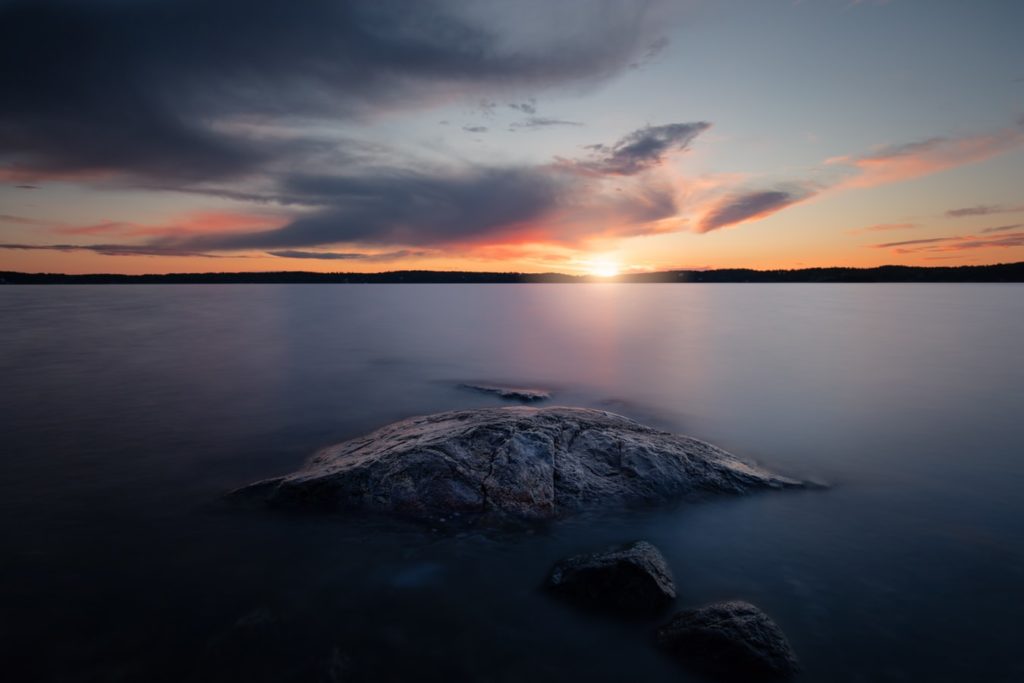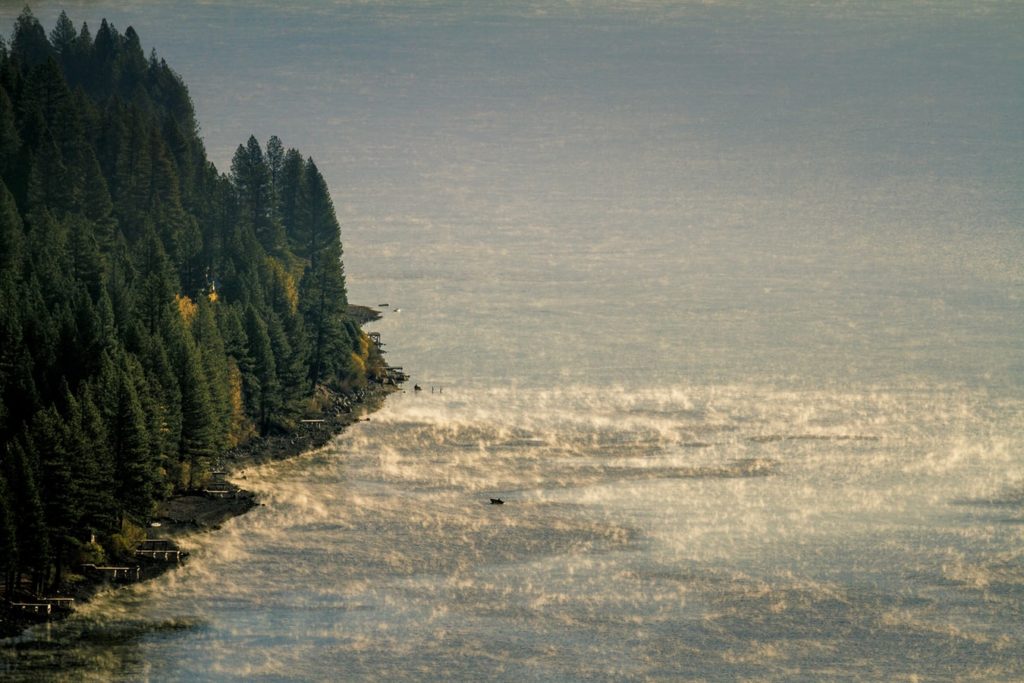Seascape photography is a sub-genre of landscape photography and in this sense, it is quite similar to classic landscapes. Apart from the sea or ocean, seascape photos can also depict sky, clouds, rocks and stones, beaches and coastal flora and fauna. When you shoot seascapes, you have to be aware of the ever-moving waves since they affect your camera settings, especially shutter speed.
Check out the following 7 tips
and tricks on seascape photography and use them the next time you bring your
camera on a trip to the beach!
1. Be Mindful Of Foreground
Even though a large body of water will be the main subject
of your seascape photographs, you should be attentive of various details in the
foreground, such as rocks, plants, cliffs, puddles, or even people if you want
to include them in your seascape photography.
Using the foreground in a clever way will result in better compositions. Instead of shooting just plain images of the sea, you’ll have dynamic compositions which follow more advanced rules such as a frame within a frame, rule of odds, balance, rhythm and so on.

2. Play With Shutter Speed
Choosing the shutter speed for your seascape photography can be challenging, but you should know that there are virtually no right or wrong settings as long as your photo isn’t underexposed or overexposed.
Depending on what do you want to depict, you can use longer shutter speeds for silky smooth waters and skies or faster shutter speeds to freeze the movement of waves. For instance, a shutter speed of 0.5 seconds will capture the motion in a subtle way, while a 30-second shutter speed will blur the water.
Ideally, you should play with shutter speed and shoot the
same scene multiple times, using completely different settings. This will allow
you to carefully compare your photos later on, choose the favorites and edit
only the very best of your seascapes.

3. Maximize Depth Of Field
Depth of field is one of the crucial parameters in photography – it is the zone of acceptable sharpness within a photo that will appear in focus. In a landscape as well as seascape photography, we usually want to maximize depth of field so that it covers the entire scene.
Typically, lenses have the best performance at f/8 – f/13
when it comes to landscapes, so that’s a good spot to start from. Smaller
apertures (bigger f-numbers) will produce images with soft backgrounds. You can
still use wider apertures in seascape photography if you want to focus on
various details such as rocks, plants or waves.

4. Get Closer To Your Subject
Instead of shooting the entire scene, introduce some variety
into your seascape photographs and get closer to your subject – you may end up
with truly creative results!
For instance, you can take close-up photographs of waves –
such images will look abstract if you get close enough to the water. You can also shoot close-ups of various sea
plants and shells. Pay attention to colors when you shoot close-ups because
they can make or break your composition.

5. Use ND Filters
If you want to experiment with longer shutter speeds, you
should have an ND filter handy. While it’s not necessary to have it, it can be
quite helpful and it will allow you to be more creative. These filters simply reduce
the amount of light getting into your camera, ultimately allowing you to use
very long shutter speeds.
If you don’t have an ND filter, you can use shutter speeds of
up to 1 second (by combining a low ISO and narrow aperture). However, anything
longer than 1 second will probably make your image overexposed and require the
use of ND filters.
If you want to learn more about ND filters and how to choose the best one for your needs, check out this article.

6. Use A Tripod
Using a sturdy tripod is a must when it comes to seascape photography.
Since capturing breathtaking seascapes often involves longer
shutter speeds, you can’t rely on hand-held shooting. The slowest shutter speed
you can use when hand-holding the camera is anywhere between 1/80 and 1/ 50 of
a second. This means that taking those silky smooth photographs of water is
impossible without a tripod.

7. Walk Off The Beaten Path
If you want your seascapes to be more than simply visually
pleasing in a serene way, you will have
to put efforts into experimenting with perspective, colors and lighting.
You can shoot seascapes with your drone – such photographs
can look quite unique especially if the coastline is uneven and full of
interesting rock formations. You can also photograph seascapes at night and
take advantage of the starry sky, which will look spectacular when combined
with the ocean.
If you’re feeling really adventurous and brave, you can also
photograph a stormy sea! In this case, make sure to protect yourself and your
equipment as much as possible – bring a waterproof jacket and a large Ziploc
bag!

If you want to learn more about seascape photography, check out the following links!
Further Resources:
- Dos And Don’ts Of Photography At The Beach
- Tips To Capture Beautiful Seascape Photographs
- 7 Quick Tips For Better Beach Photography
- Top Tips And Techniques For Seascape Photography
- 5 Helpful Tips To Improve Your Seascape Photos
- Tips For Capturing The Perfect Seascape
Shareable Images for Pinterest













1 Comment
Thanks for sharing this post, Jasenka. The 7th tips will actually help me a lot.